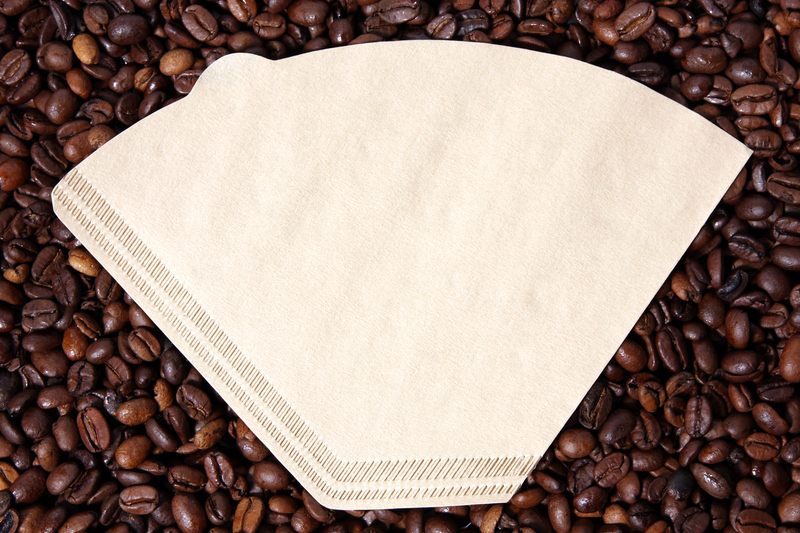How to Fix Gaps on Wooden Floors
Posted on 05/10/2025
Wooden floors are a beautiful and timeless addition to any home. However, over time, you might notice gaps appearing between the planks. These gaps can be caused by a variety of factors, such as changes in humidity and temperature, as well as natural wear and tear. Fortunately, there are several methods to fix these gaps and restore your floor to its original beauty. In this article, we will explore the best techniques for filling gaps in wooden floors and provide some tips to ensure the longevity of your repair.
Understanding the Cause of Gaps
Before you can fix the gaps in your wooden floors, it's essential to understand why they occur. Wood is a natural material that expands and contracts with changes in humidity and temperature. This movement can create gaps as the wood dries out and shrinks. Additionally, normal wear and tear can cause the planks to shift, leading to gaps between them. It's crucial to address any underlying moisture problems before attempting to fix the gaps, or you may find the issue reoccurring.

Steps to Fix Gaps in Wooden Floors
1. Cleaning the Floor
Before starting any repair, make sure the floor is clean. Remove any dirt, dust, and debris from the gaps using a vacuum cleaner with a crevice tool attachment. Then, wipe down the floor with a damp cloth and allow it to dry.
2. Choosing the Right Filler
There are several types of fillers you can use to fix gaps in wooden floors:
- Wood Filler: This is a mixture of wood fibers and adhesive. It is available in various colors to match your floor.
- Rope or String: Simple and effective, this method uses cotton rope or string soaked in wood glue to fill the gaps.
- Wood Slivers: These are thin pieces of wood that you can glue into the gap, then sand and stain to match your floor.
3. Applying the Filler
The application process will depend on the type of filler you choose. Here's how to use each method:
- Wood Filler: Use a putty knife to apply the wood filler into the gaps. Make sure to push the filler down into the gap to fill it completely. Wipe off any excess with a damp cloth and allow it to dry according to the manufacturer's instructions. Once dry, sand the filled gaps smooth.
- Rope or String: Measure the length of the gap and cut the rope or string accordingly. Dip it into wood glue and then push it into the gap using a putty knife or a flat tool. Allow the glue to dry, then sand the surface until it is smooth.
- Wood Slivers: Cut the slivers to fit the length and width of the gaps. Apply wood glue to the sides of the slivers and tap them gently into the gap with a mallet. Once the glue is dry, sand the surface smooth and stain to match the floor.
4. Finishing Touches
After filling the gaps, you may need to reapply finish to your floor to ensure a seamless look. Apply a coat of matching wood stain if necessary, and finish with a protective sealant to preserve the repair.
Pros and Cons of Fixing Gaps in Wooden Floors
Pros
- Aesthetic Improvement: Filling the gaps restores the beauty of your wooden floors.
- Prevent Damage: Fixed gaps prevent debris and moisture from accumulating, which can damage the wood.
- Insulation: Reducing gaps can help in maintaining the insulation properties of wooden floors, making your home more energy-efficient.
Cons
- Temporary Solution: Some methods might provide only a temporary fix, and gaps could reappear over time.
- Skill Required: Depending on the method, repairing gaps might require a certain level of DIY skill.
- Cost: Some fillers and tools might be costly, especially if you choose professional-grade products or services.
Tips for Preventing Gaps in Wooden Floors
- Humidity Control: Use a humidifier during the winter and a dehumidifier in the summer to maintain consistent indoor humidity levels.
- Seasonal Maintenance: Inspect your wooden floors regularly for early signs of gaps and address them promptly.
- Proper Installation: Ensure that wooden floors are installed correctly with adequate spacing for expansion and contraction.

Takeaways
- Gaps in wooden floors are a common issue caused by changes in humidity, temperature, and wear over time.
- Various methods, such as wood filler, rope or string, and wood slivers, can effectively fill these gaps.
- Preventative measures like controlling indoor humidity can help in minimizing the occurrence of gaps.
Conclusion
Fixing gaps in wooden floors is a straightforward process that can greatly improve the appearance and longevity of your flooring. Whether you choose to use wood filler, rope, or wood slivers, the key is to carefully match the repair material to your flooring and follow the correct steps for application. Don't forget to control indoor humidity and inspect your floors regularly to prevent gaps from forming in the future. By taking these steps, you can keep your wooden floors looking beautiful for years to come.





